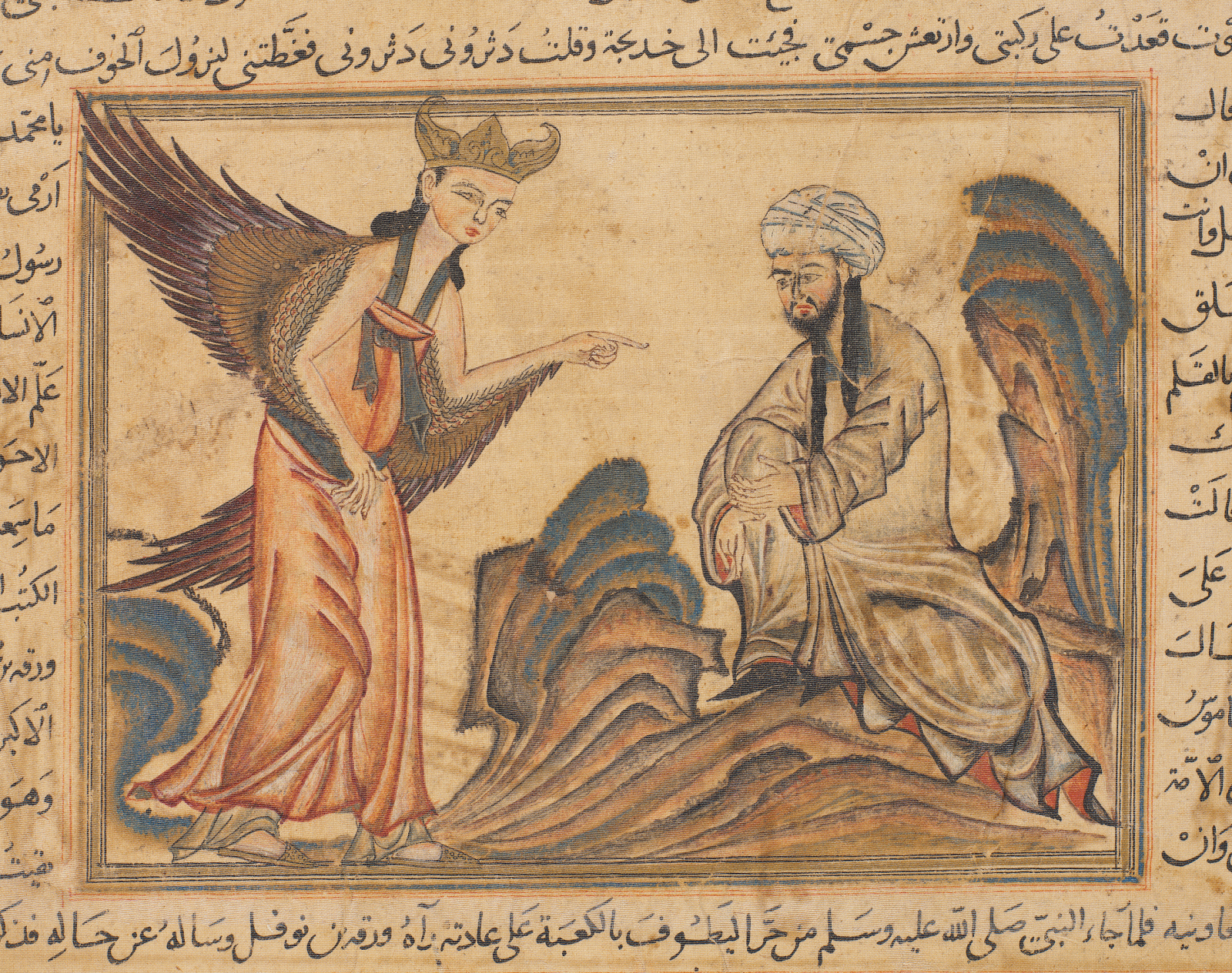Forschung
Crossing Boundaries, Creating Images:
In Search of the Prophet Muhammad in Literary and Visual Traditions
Max-Planck Fellow
Avinoam Shalem
Running time: 2007 – 2015

The Angel Gabriel (Jibra’il) Reveals the First Verses of the Quran to Muhammad, in: Rashid al-Din’s Jami’ al-Tawarikh,Tabriz, ca. 1307
The interdisciplinary research project seeks to explore the multiple ways in which the Prophet Muhammad has been described and depicted in European traditions from the medieval era until the early modern period. European materials that are examined include Latin translations of the Qur’an and vitas of the Prophet in Latin and vernacular European languages, pre-modern Jewish literature, illustrated medieval French and Italian manuscripts containing historical and belletristic texts, European printed books, sculptures, frescoes, and stained glass windows, as well as Euro-American Orientalist and Romantic paintings.
By crossing disciplinary boundaries in the field of the humanities, this project’s principal goal is to explore how literary and visual descriptions of the Prophet Muhammad served multiple cultural, political, and religious purposes from the medieval period until today. These materials not only emerged from the pietistic impulse to describe and imagine the prophetic persona within Islamic cultural practices but also from internal debates over the construction and future course of the Christian faith.
This project brought together, at a conference held from 16 to 18 July 2009 at the Kunsthistorisches Institut in Florenz, approximately thirty distinguished international scholars whose work explores the varied ways in which the Prophet Muhammad has been constructed and imagined, both through Euro-American eyes and within Islamic traditions, from the beginnings of Islam until the modern period. European and American textual and visual sources were explored in relationship to internal debates over the construction and course of the Christian faith, as well as attempts to delineate its contrastive position vis-à-vis Islam at particularly critical junctures in time. Islamic materials to be studied include descriptive, biographical, and historical texts, illustrated manuscripts from the thirteenth to the nineteenth century, Ottoman verbal descriptions (hilyas), Persian poetry, the Prophet’s relics, and modern representations of the Prophet in lithographic works, posters, and other popular materials. Islamic materials are investigated in an effort to determine how writers and artists working primarily from within Arabic, Persian, and Turkish cultural spheres came together with the largely devotional aim to praise Muhammad through text-and-image production.
The results of this research project have been published in four different books covering general and specific issues on this matter. A further possibility of creating a corpus in which the visual materials as well as the literary sources are compiled, translated into English, and discussed, is being examined. A database as such might serve for the preparation of a scholarly exhibition on images of Muhammad in the future.


